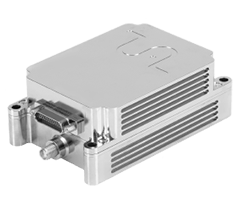In today’s connected world, data communication and networks are of great importance. Data Link Layer, a key component for these networks to function properly, is a frequently overlooked hero. In this article, we will take a closer look at what the Data Link Layer is, why it is so important and how it works.
Basic Functions of Data Link Layer:
Creating Data Frames: The Data Link Layer converts high-level data into low-level data frames to organize for transmission. These frames allow data to be cut and transmitted into pieces.
Addressing: Each network device carries a unique physical address or MAC address. The Data Link Layer recognizes the sender and recipient in communication using these addresses.
Error Control: The Data Link Layer checks the error to maintain the accuracy and integrity of the transmitted data. It detects faulty data frames and corrects them as needed.
Flow Control: Regulates and controls the data flow in the network. It balances the speed differences between devices that send data and receive data, making the network run efficiently.
Conflict Management: In shared networks, trying to send data to multiple devices simultaneously can lead to conflicts. The Data Link Layer detects these conflicts and uses algorithms to resolve them.
The Role of the Data Link Layer:
Data Link Layer is the main carrier of network communication. It regulates data transmission, checks for errors and can be an important component for network security. This layer is an indispensable part of the modern communication infrastructure and ensures reliable operation of computer networks.
The Data Link Layer plays a vital role as the basic carrier and security protector of computer networks. It regulates data transmission, checks for errors and provides network security measures. This layer is indispensable to ensure that data is transmitted securely and reliably in today’s connected world.



